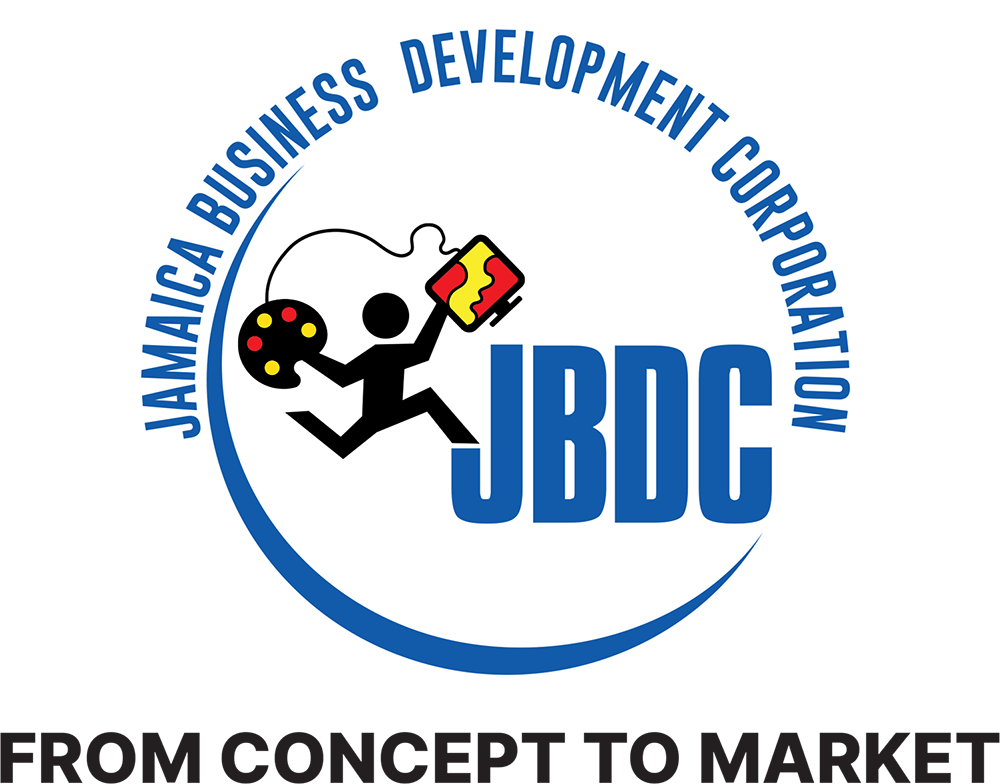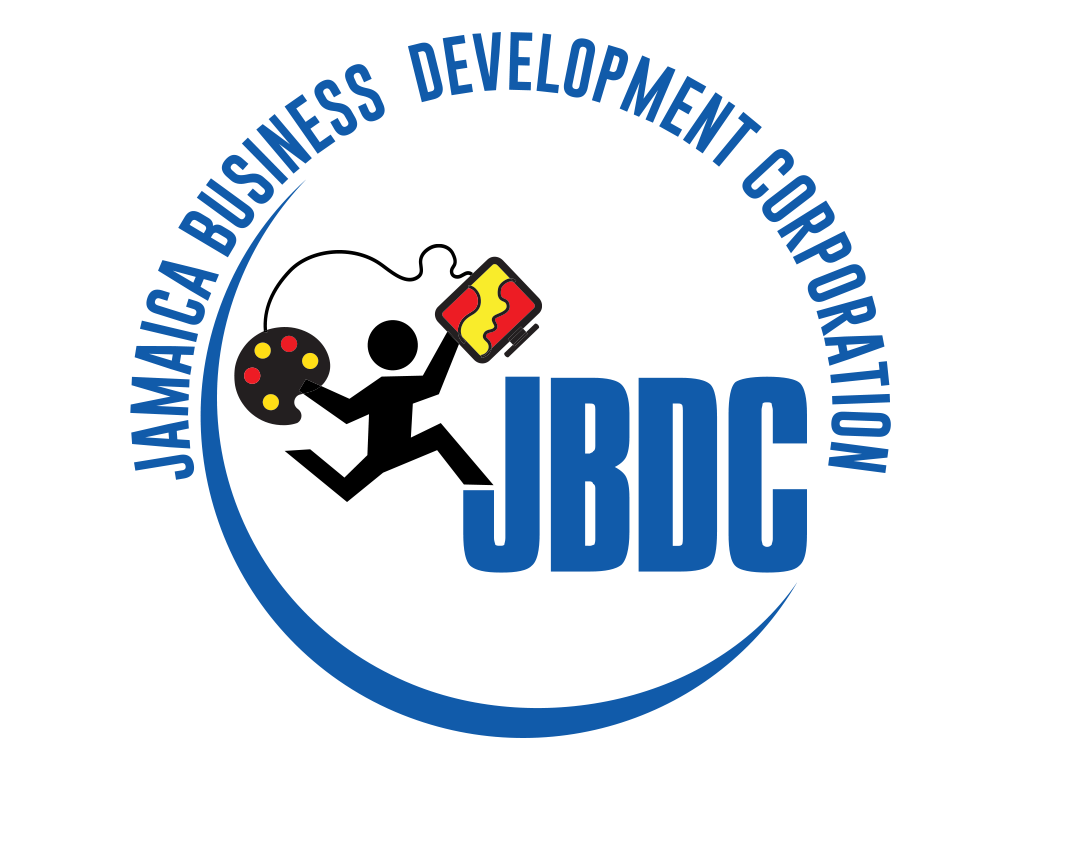You have been operating your business for quite some time now, anchored the business in your niche market as a trusted brand, but you think it’s time to expand into the mass market and enjoy a bigger slice of the cake. This week, Entrepreneur Weekly will unveil the factors and strategies entrepreneurs must consider when transitioning to a mass market business model.
Several large companies, like Apple, started out in niche markets, then strategically expand to suit the needs of a mass market. “For some brands, targeting the niche market is enough to sustain the business and is where they should remain. For others, an opportunity exists to accelerate growth by transcending into a mass market approach,” according to LinkedIn.
But a better understanding of what a niche market vs a mass market looks like will help the transition. A niche business specialises in a narrow segment of the market, serving a specific and targeted customer base. It offers a personalised, unique experience and often benefits from customer loyalty. In contrast, a mass market business aims to reach a wide audience, offering a broad range of products or services. It competes in a larger and more competitive arena and often focuses on affordability and brand recognition. The choice between niche and mass market strategies depends on a business’s goals, resources, and the nature of the market it wishes to serve.

Growing from niche to mass is by no means an easy feat. Here are 5 things to consider to make your transition seamless:
- Understanding the New Customer Base
In the mass market, your customer base may be significantly different from your niche target. LinkedIn says, “Allow in-market learning and brand research to guide course correction. After launch there may be an opportunity to further optimise your brand by identifying and capitalising on consumer insights.” Research the demographics, preferences, and pain points of your mass market audience. Use surveys, focus groups, and analytics tools to gather insights. Analyse your competitors in the mass market to identify trends and customer behaviours. If you’re a niche organic skincare brand expanding into the mass market, conduct market surveys to identify which skincare concerns are most prevalent among your new, broader customer base, and develop products to address those specific issues.
- Operational Capacity
Scaling up production, supply chain, and operations are essential. Invest in infrastructure and technology that allows you to scale your production, supply chain, and distribution. Consider outsourcing non-core functions to third-party providers to streamline operations and reduce costs. If you’re a boutique clothing brand moving into the mass market, work with manufacturing partners who can produce clothing at a larger scale without compromising quality.
- Tailoring Your Approach
Mass market marketing requires a different approach. Transitioning from a niche to mass market means using a broader, yet efficient marketing strategy. Develop a comprehensive marketing plan that aligns with mass market values and aspirations. This may include digital advertising, influencer partnerships, and social media campaigns. Create messaging that appeals to a broader audience without alienating your niche customers. Ensure that your brand doesn’t lose its original essence or stray from its initial brand promise to customers. LinkedIn says, “Remain true to what your brand represents. As your company’s offerings grow, build upon existing strengths and perceptions rather than reinventing them.”
- Finding Unique Selling Points
Analyse the competitive landscape to find unique selling points that set your products or services apart. Identify your unique selling points that set you apart in the mass market. Highlight what makes your products or services stand out from competitors. Stay updated on industry trends and innovations.
- Adapting to Mass Market Preferences
Continuously gather customer feedback and be prepared to adapt your products and operations based on mass market preferences. Establish feedback mechanisms such as surveys, reviews, and social media interactions to gather insights from your mass market customers. Use this feedback to make informed product or service improvements. Apple, originally a niche computer company, adapted its products and designs to meet the mass market’s preferences for user-friendly technology, leading to its widespread popularity.

The Case of Amazon
Before we delve into Amazon’s journey, let’s revisit our first consideration: understanding market demand. In the early 1990s, Amazon started as a niche online bookstore catering primarily to book enthusiasts. Founder Jeff Bezos recognised the growing demand for books and saw an opportunity to disrupt traditional book retailing by providing a vast selection in a convenient online format.
As Amazon rapidly expanded its catalogue beyond books, our second consideration, brand evolution, became crucial. The brand that resonated with book lovers needed to adapt to appeal to a mass market audience. Amazon repositioned itself as the “everything store,” emphasising convenience, customer service, and an ever-expanding range of products. This shift in brand identity allowed Amazon to cater to a diverse, mass market.
One might question the quality of products on a vast online marketplace, but Amazon tackled this concern by maintaining consistency in service and reliability. The transition from a niche online bookstore to a mass market e-commerce giant required a strong focus on maintaining the quality that initially garnered its niche following. Jeff Bezos emphasised customer-centricity and operational excellence.
Amazon is a prime example of the advantages of the mass market. It achieved unprecedented scale, becoming a household name worldwide. With an ever-diversifying product range, Amazon tapped into the potential for substantial growth.
However, Amazon is not without its disadvantages. The mass market comes with intense competition. It operates in a highly competitive landscape, and customer price sensitivity is a factor they must continually address. The risk of brand dilution is real, but Amazon has managed to maintain its brand’s core promise of convenience and vast selection.
JBDC Virtual Biz Zone
The last in the 2023 edition of JBDC Virtual Biz Zone webinars will be held on Tuesday, October 24 at 10:00am on Zoom, under the sub-theme: Niche vs. Mass: Knowing which is the best for your business.
The webinar will be conducted by Keera Walters, Assistant Manager – Business Advisory Services at the Jamaica Business Development Corporation (JBDC). Register HERE to save your spot!

Author









